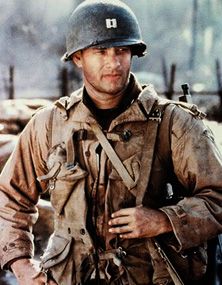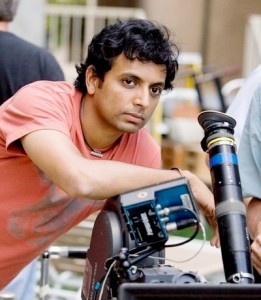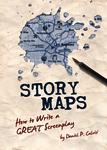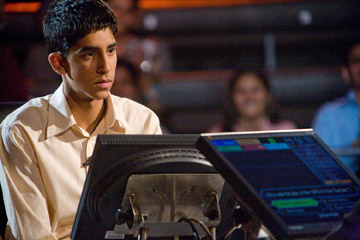
You know who your story is about and what it’s about and why you’re telling the story…but HOW are you going to tell it?
Think about the general way that you’re going to tell the story before you start to lay out the scene list. What’s your way into this story?
E.T. was crafted to be told from the perspective of a young boy, Elliot. We pretty much only see what he sees, know what he knows. The film even employs low angles to give the audience the perspective of a child.
The Usual Suspects is literally told to us by Kevin Spacey’s character, who spins a long-winded tale meant to answer the question “Who is Keyser Soze?” The answer is not revealed until the climax when we learn that he is Keyser Soze.
Citizen Kane uses the framing device of a reporter’s investigation, thus motivating a trip through the life of Charles Foster Kane, all in answer to the question “What is Rosebud?”
Slumdog Millionaire uses the questions in the quiz show as catalysts for flashbacks that show us Jamal’s journey from the slums to his lower-class job as a Chai server to his chance to win a million dollars on TV — these scenes show us how he gathered the information to answer the question at hand, a deft use of Cause & Effect. The quiz show becomes the spine of the story, providing the foundation for Jamal’s pursuit of his external and internal goals, which are, put simply, the money and the girl. It’s interesting to note that these two goals represent Jamal’s two worlds: the upper class world of money and the lower class world of danger and desperation.
These examples were the screenwriters’ chosen perspectives and central engines for the story. They could have chosen 100 other devices with which to tell these particular stories, but they chose these narrative devices, probably because they best exemplified the key elements in their Basic Story Map, like Goals, Theme and Arc.
Read more




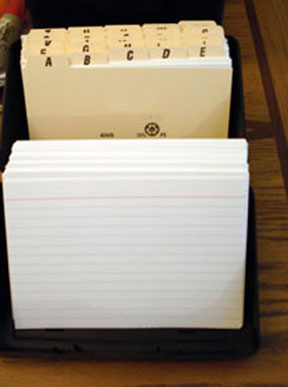

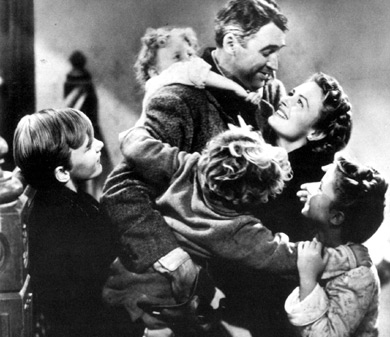

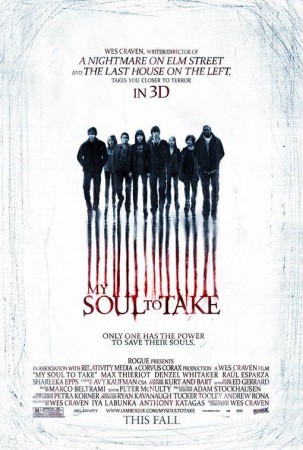




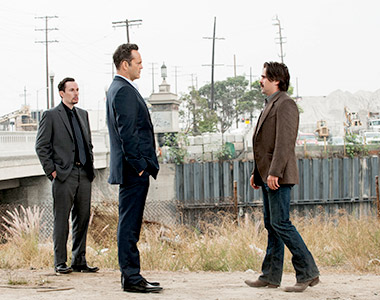

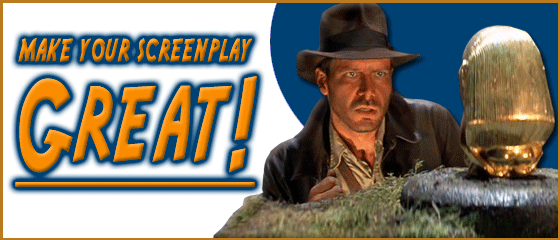

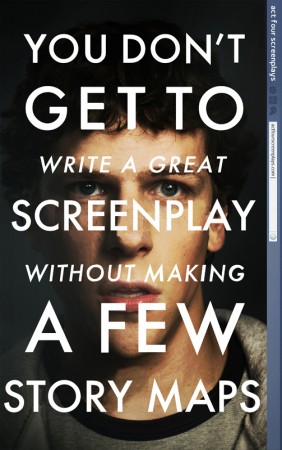


 After emerging from my sub-basement cryo-chamber as my alter-ego
After emerging from my sub-basement cryo-chamber as my alter-ego 
